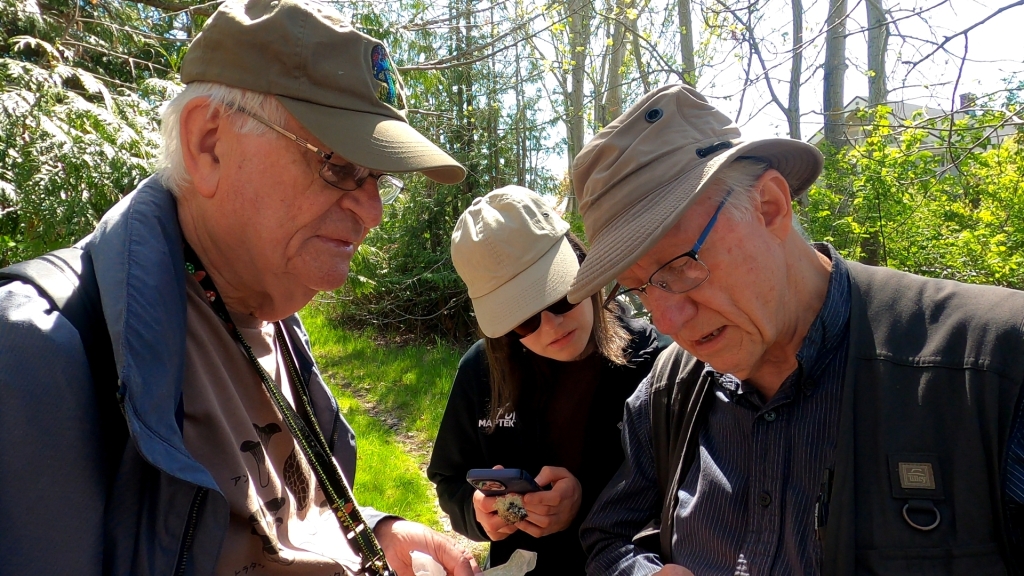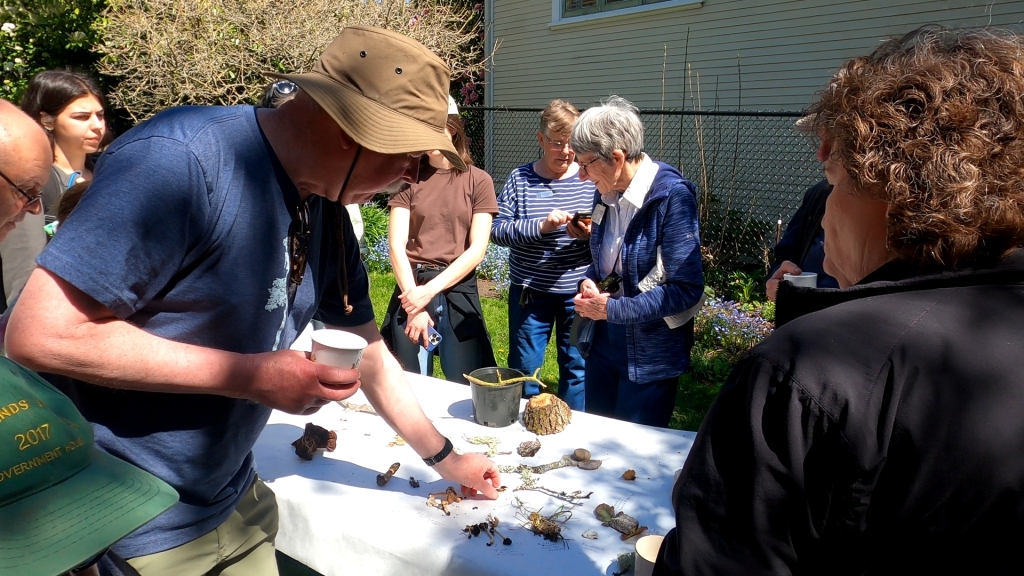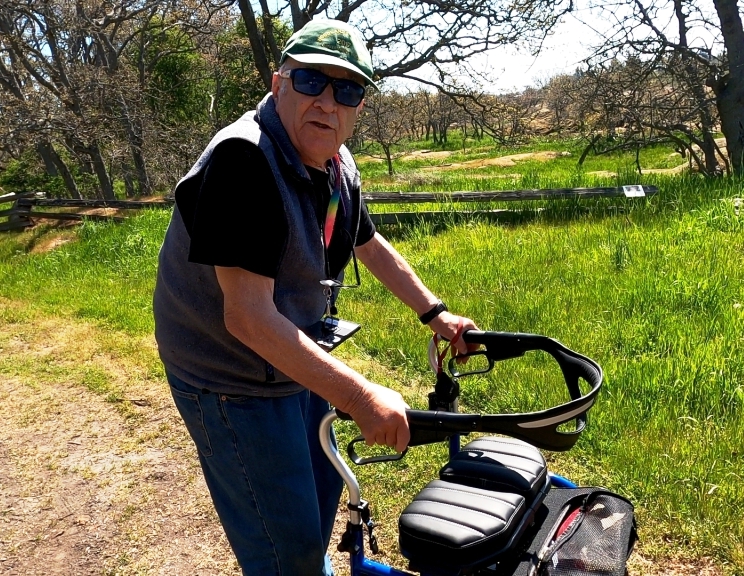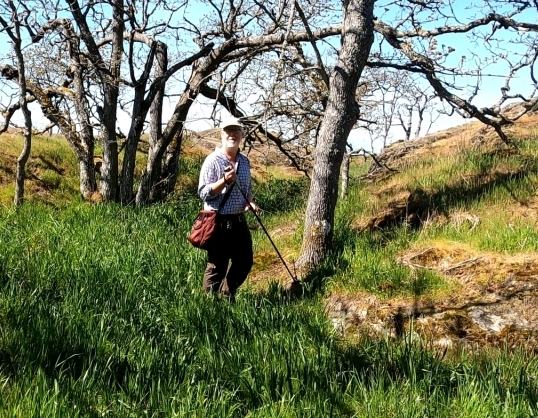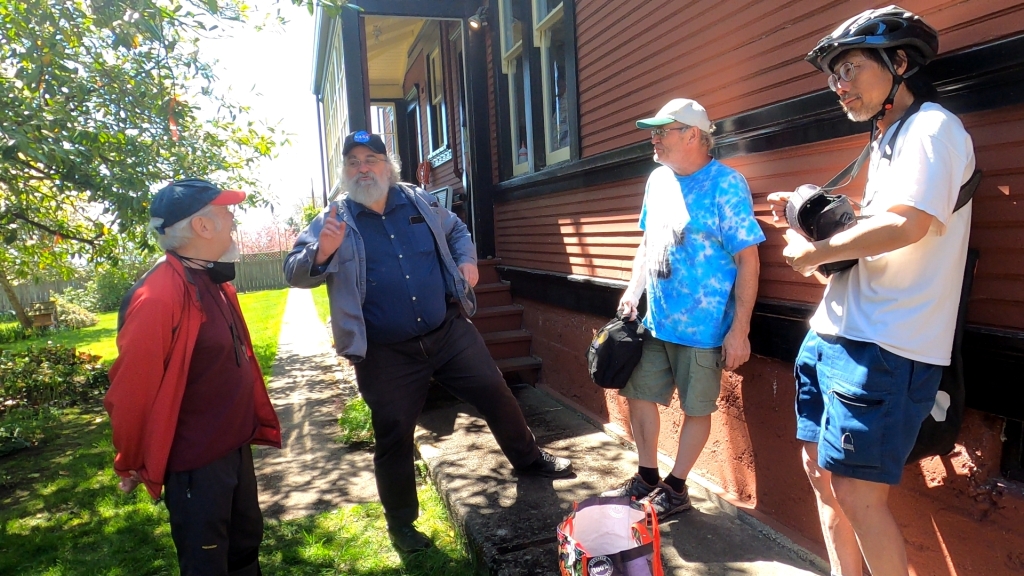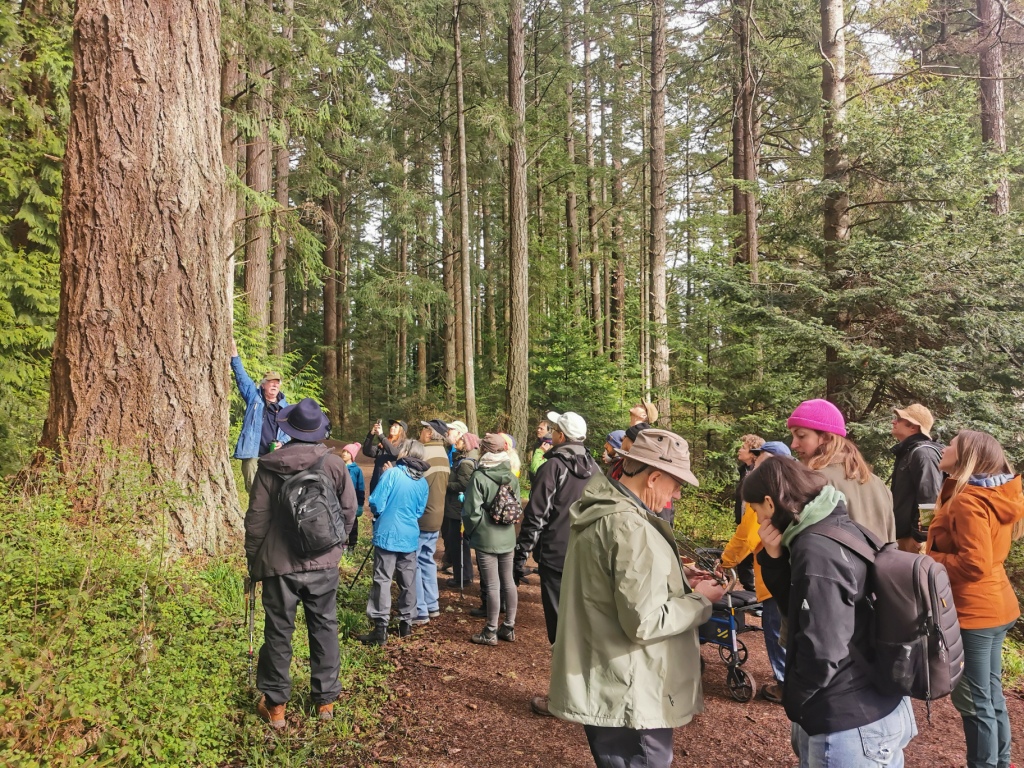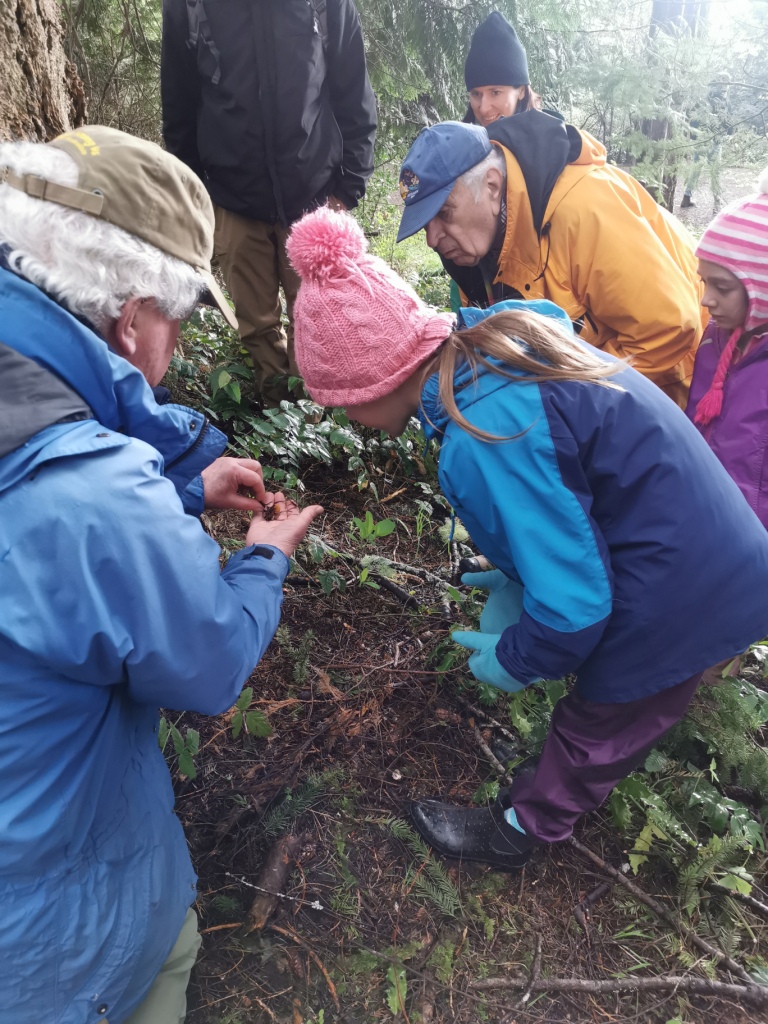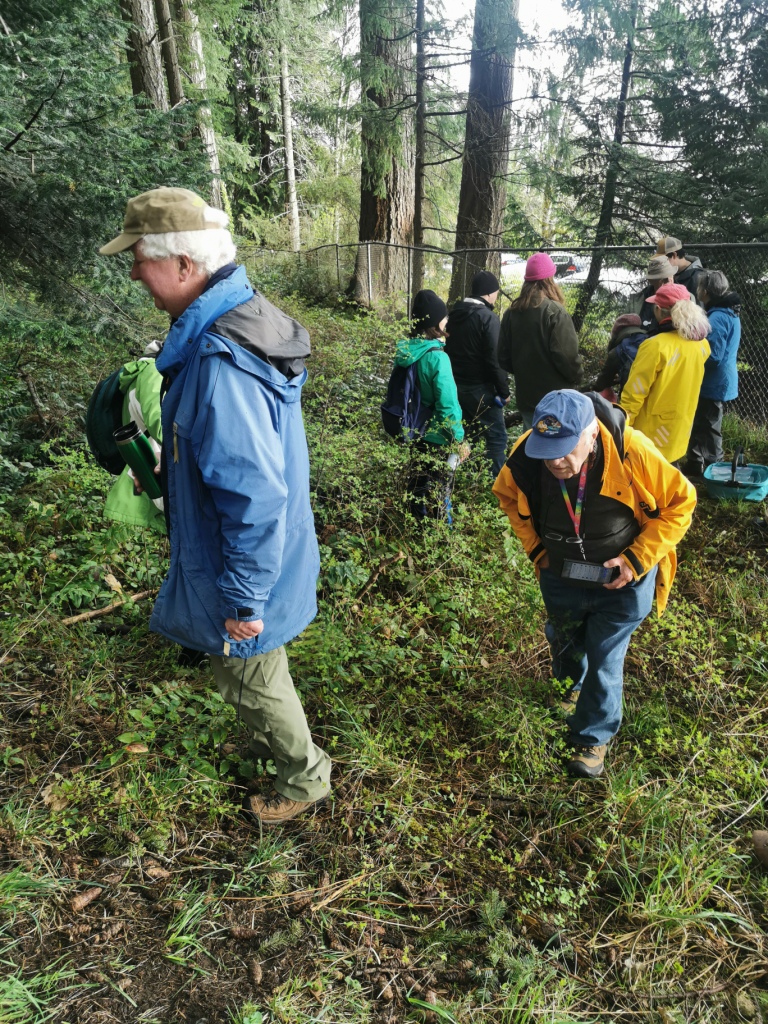Juliet Pendray took SVIMS members on a second lichen learning walk at Devonian Park on May 6, 2023. The following Tuesday she delivered an informative presentation on lichens at the SVIMS month meeting.
On the walk, SVIMS members had the opportunity to check out lichens in a rare and endangered Garry oak ecosystem. Volunteers, organized by the late Moralea Milne, have been keeping the Devonian Park ecosystems pristine by removing invasives.
Juliet talked during the walk about lichen characteristics and habitat. Participants were inspired by Juliet’s obvious enthusiasm.
The group found lichens of many types and species. Among them were questionable rockfrog (Xanthoparmelia cumberlandii), many pixie lichens (Cladonia spp), conifer saucer lichen (Ochrolechia cf. oregonensis).
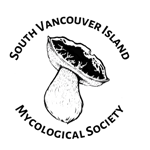
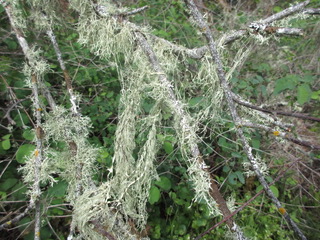
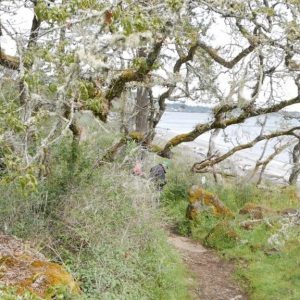
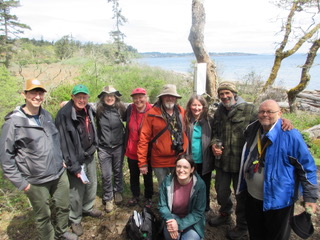
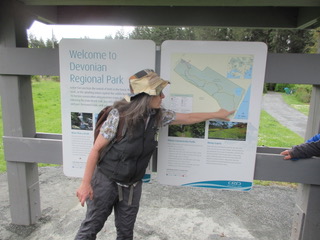
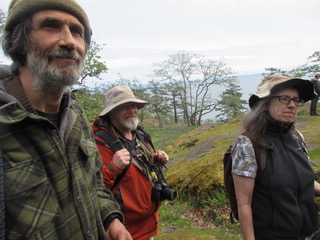
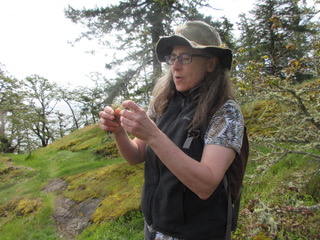
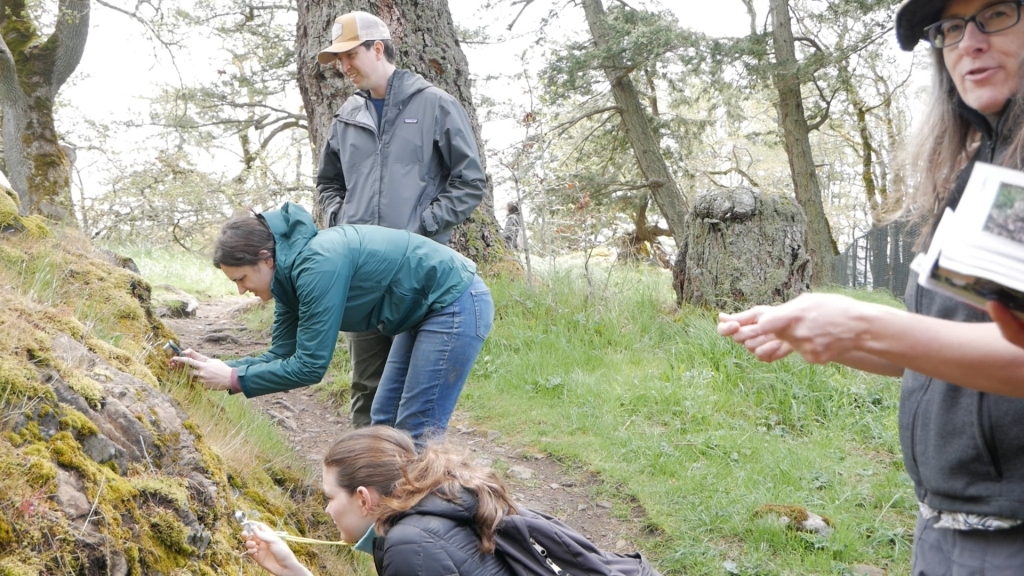

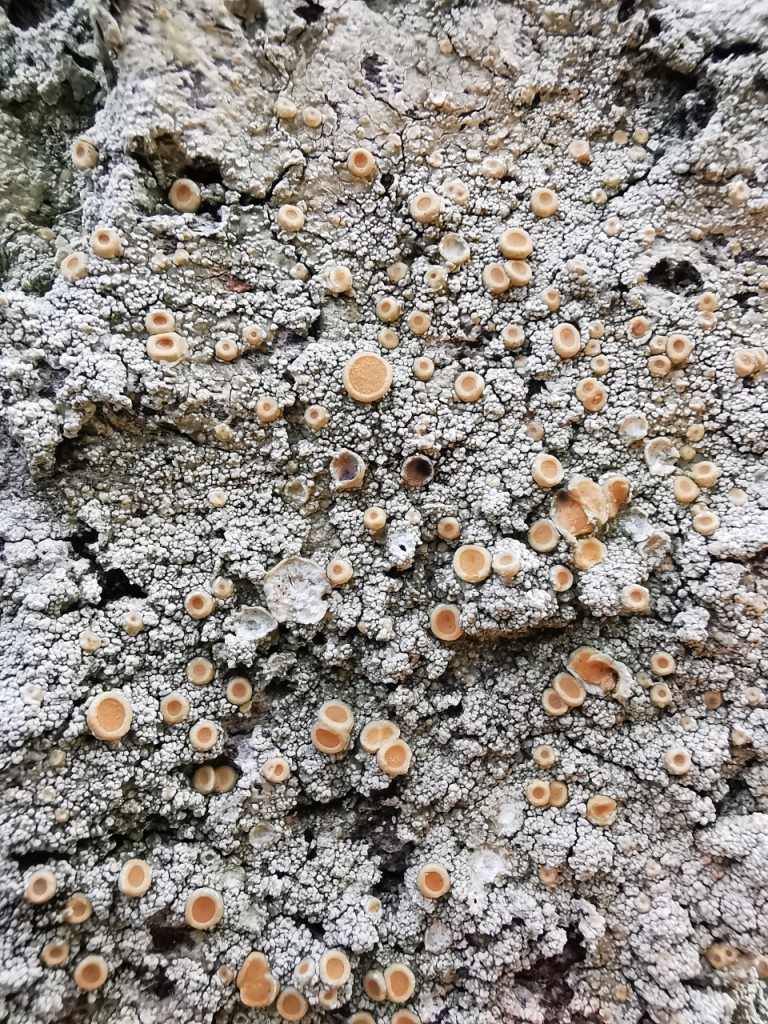

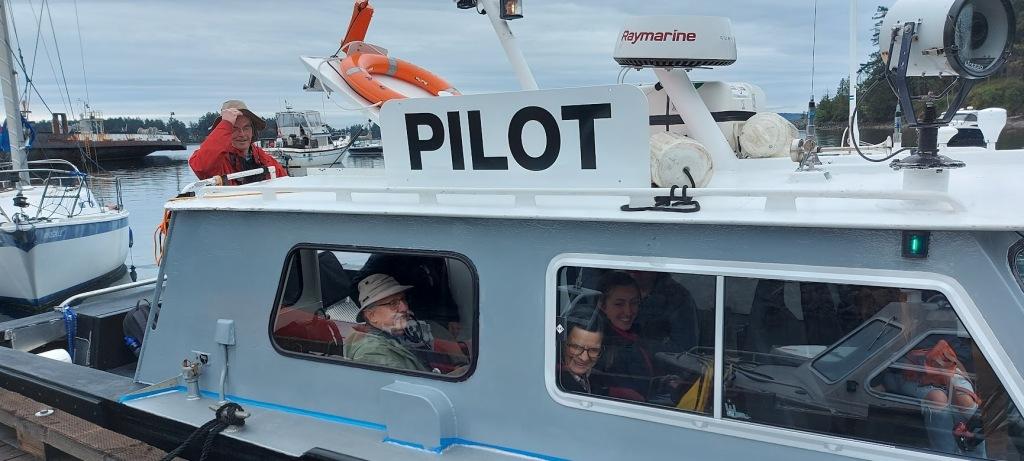

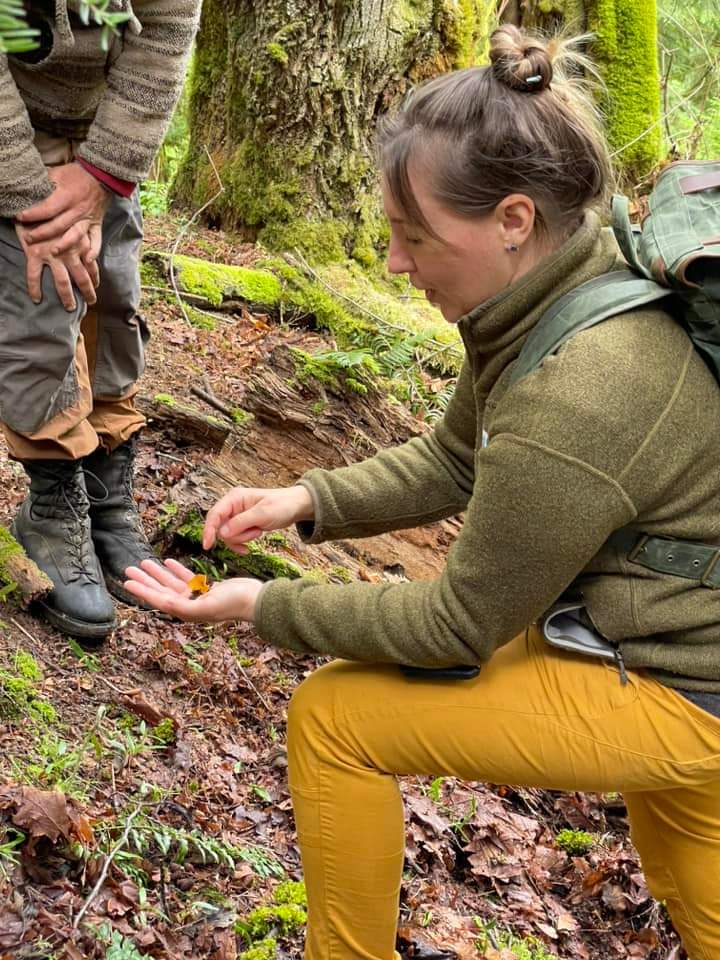
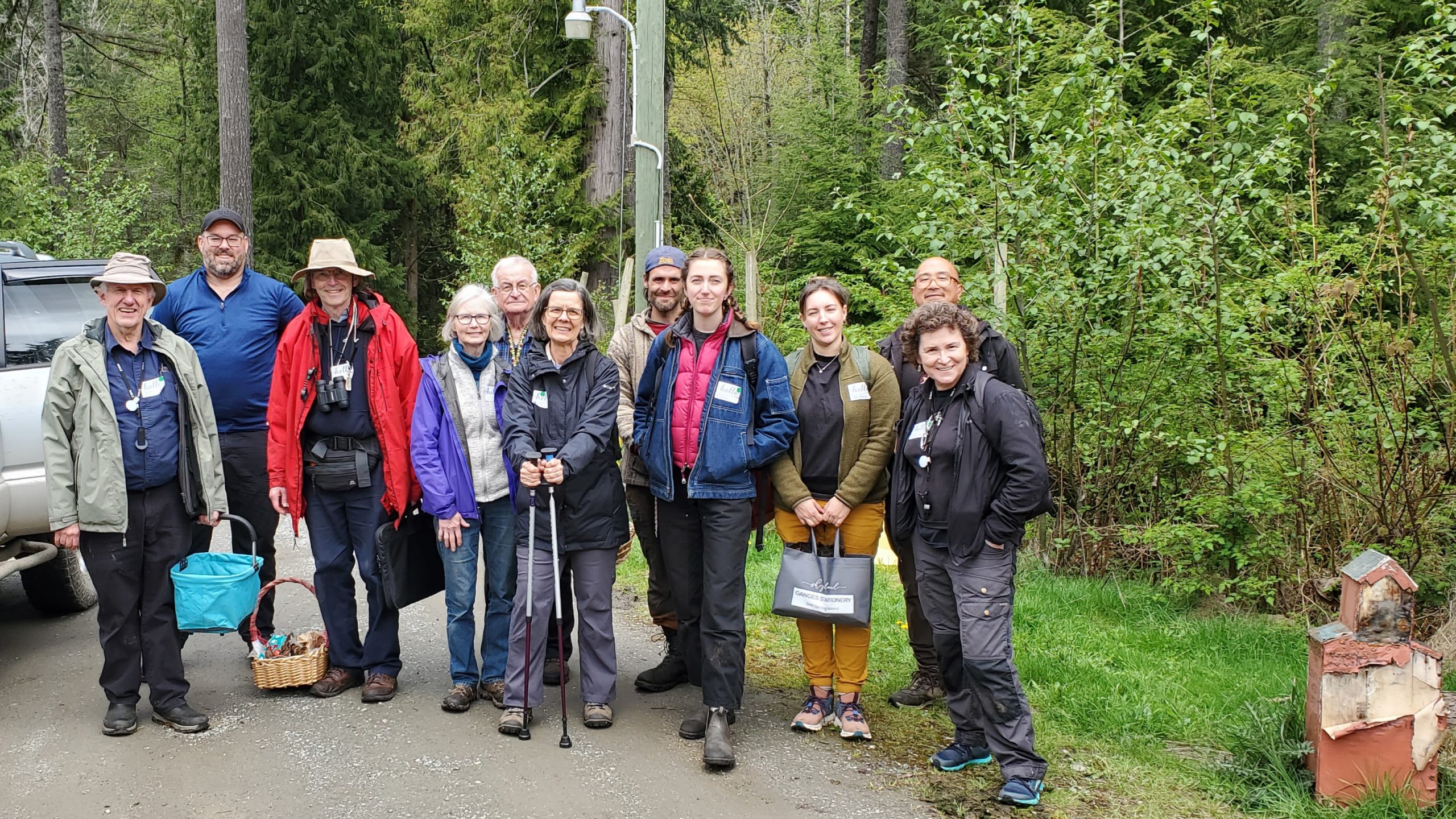
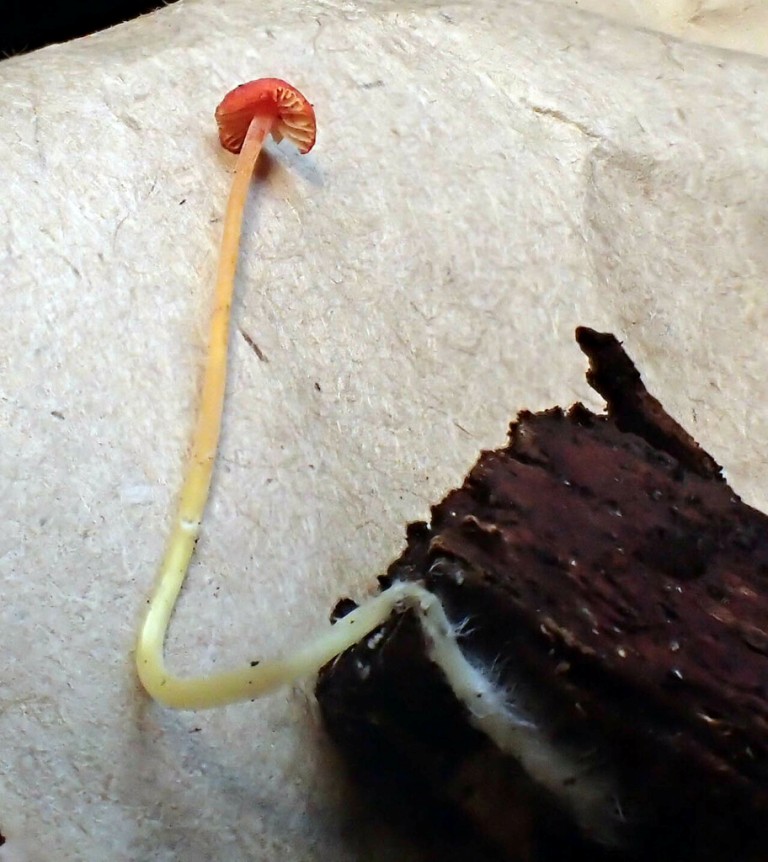
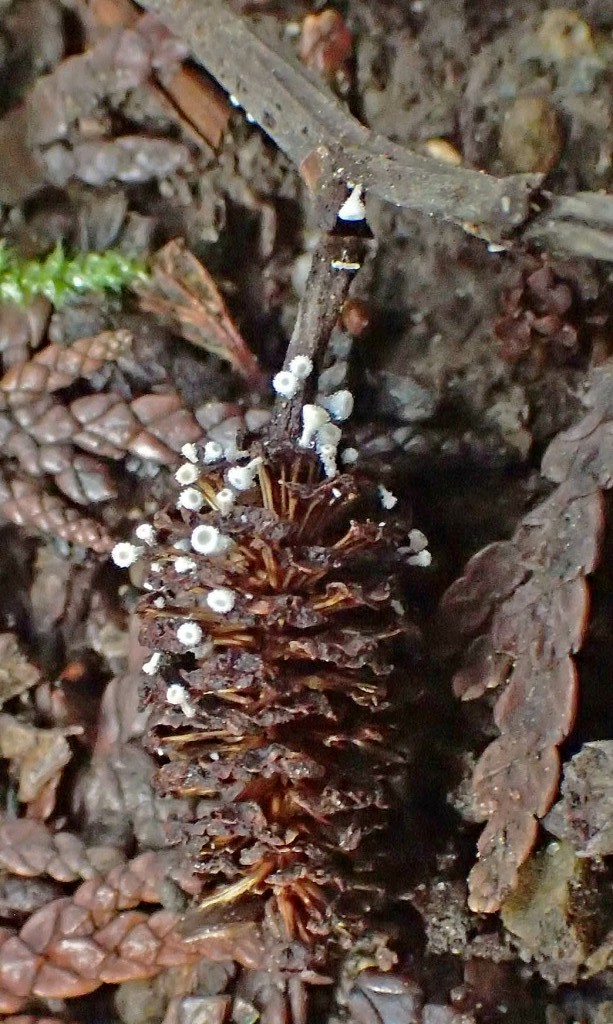
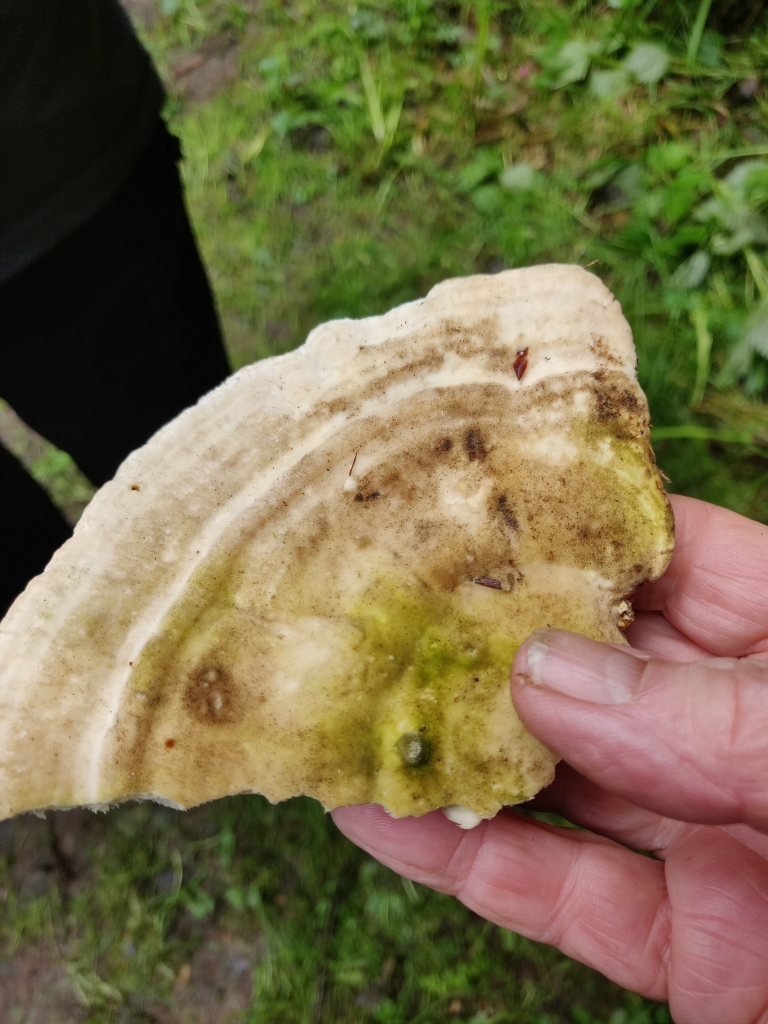
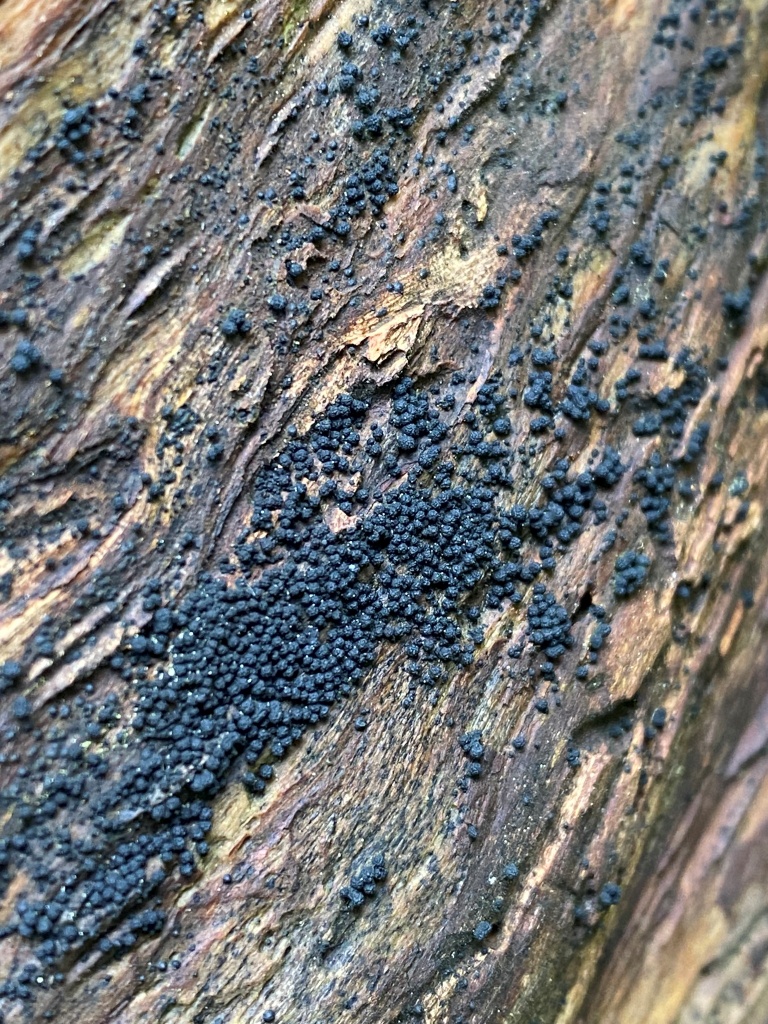
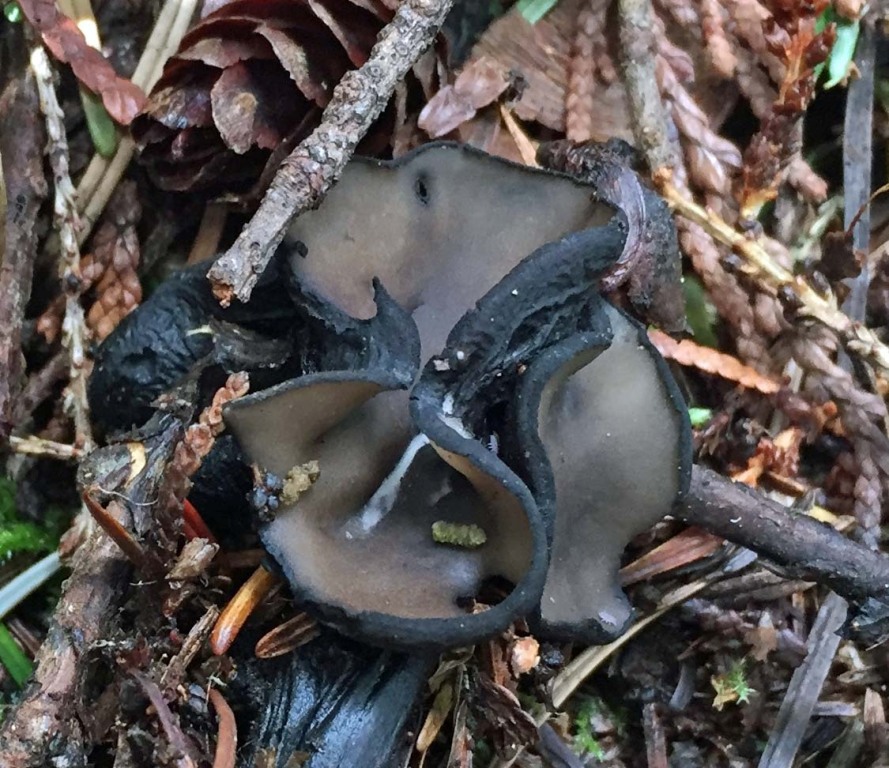
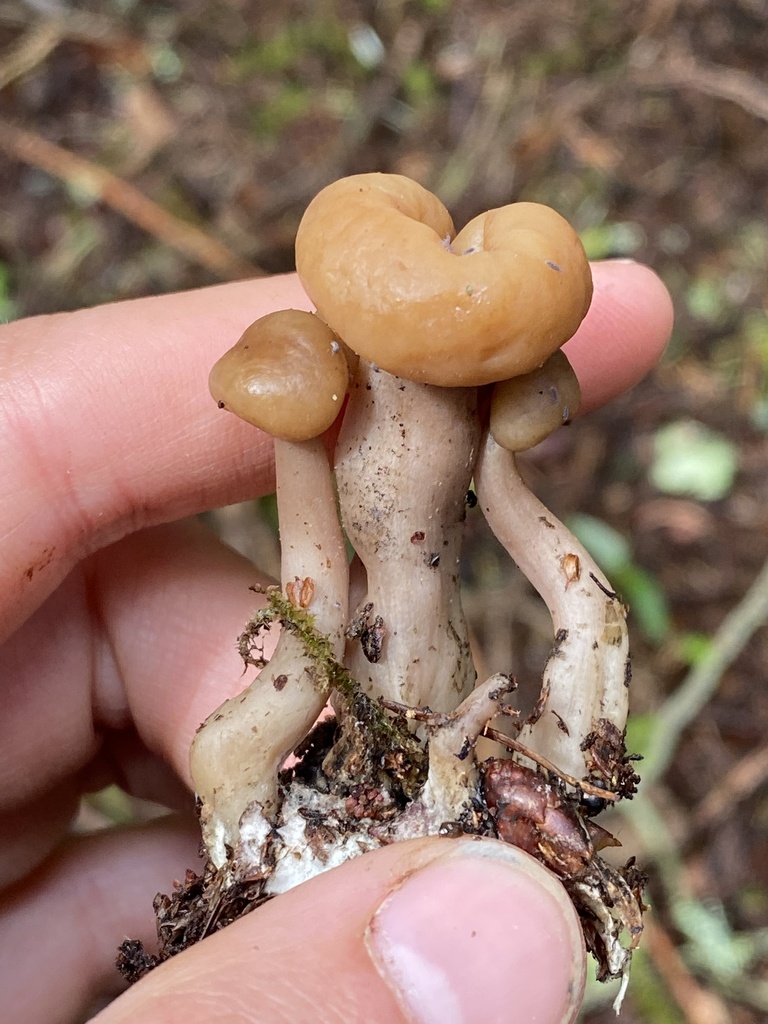
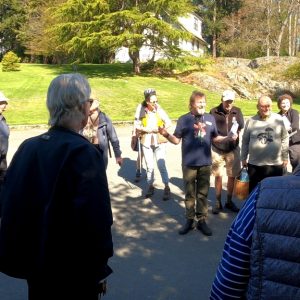 SVIMS members spent the morning of April 29, 2023, at the grounds of Government House. The 18 hectares of the provincial property include extensive natural woodlands (mossy balds, Garry oak meadows) on the south side.
SVIMS members spent the morning of April 29, 2023, at the grounds of Government House. The 18 hectares of the provincial property include extensive natural woodlands (mossy balds, Garry oak meadows) on the south side. 